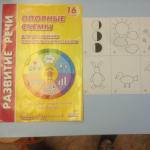Features of children with mental retardation
In this article:
Children with mental retardation both in preschool and school age require a special approach in education and training. The ever-increasing number of children with this diagnosis suggests the development of new methods, in accordance with which it is possible to correct deficiencies in mental development. Let's talk about what features children with mental retardation have and how to properly build work on their upbringing and education.
Impaired mental function
Mental retardation (MPD) is understood as a syndrome of temporary lag in the development of both the entire psyche and its individual functions. The second variant of the delay is more often diagnosed only when the baby enters school. The main manifestations in this case are:
A long-term study of the behavior of children with mental retardation made it possible to obtain information about the main causes of the problem, and also became an incentive to create numerous specialized institutions, both preschool and school, where children are taught according to a special correctional program.
It is customary to divide children with ZPR syndrome into four main groups.
First group
The first group includes children with developmental delay constitutional type. The main signs of such children are infantilism, both mental and psychophysical. You can identify them by a number of external signs. Children from the first 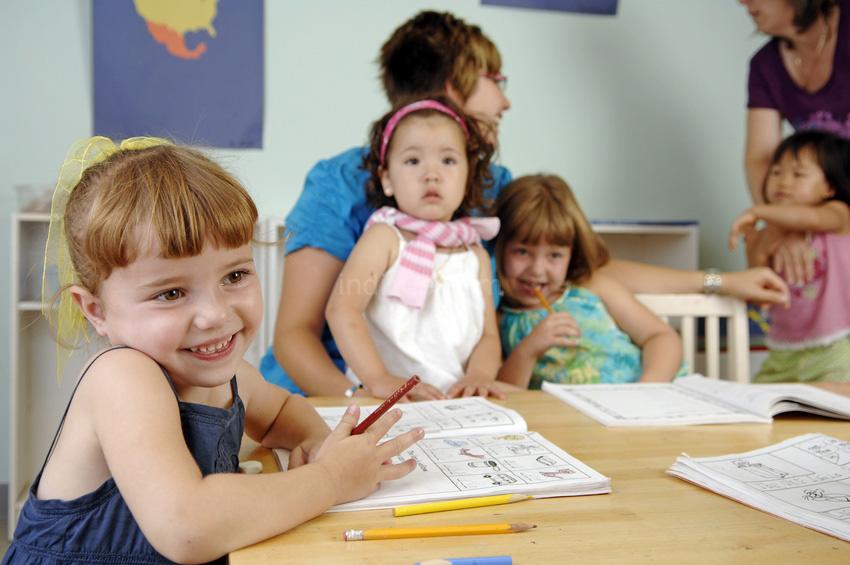 groups have short stature and too childish facial features that persist even at school age.
groups have short stature and too childish facial features that persist even at school age.
The most noticeable in such children is the lag in the development of the emotional world. They seem to have stopped at the lowest rung of the ladder of emotional development. Such kids are characterized by bright emotional outbursts, frequent and sharp mood swings, lability of emotions. They love to play more than anything in the world, and even after they become schoolchildren.
Second group
The second group includes children with the syndrome of ZPR somatogenic type. Their features are mostly associated with long-term and severe somatic diseases suffered at an early age. We are talking about diseases of the respiratory tract, including allergic, as well as problems with the digestive system.
protracted 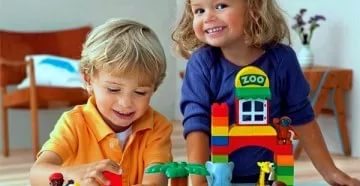 dyspepsia in the first year of life becomes one of the main causes of mental retardation. We are talking about diseases such as:
dyspepsia in the first year of life becomes one of the main causes of mental retardation. We are talking about diseases such as:
- bronchial asthma;
- pneumonia;
- disorders in the work of the kidneys;
- heart failure, etc.
In such cases, the characteristics of children are temporary and are not associated with deficiencies in the development of the central nervous system, but with some lag in the process of its maturation.
Third group
The third group includes children with developmental delay psychogenic nature. The main causes of mental retardation in this case are associated with unfavorable conditions for the development of the child, which prevent the formation of a full-fledged personality.
When it comes 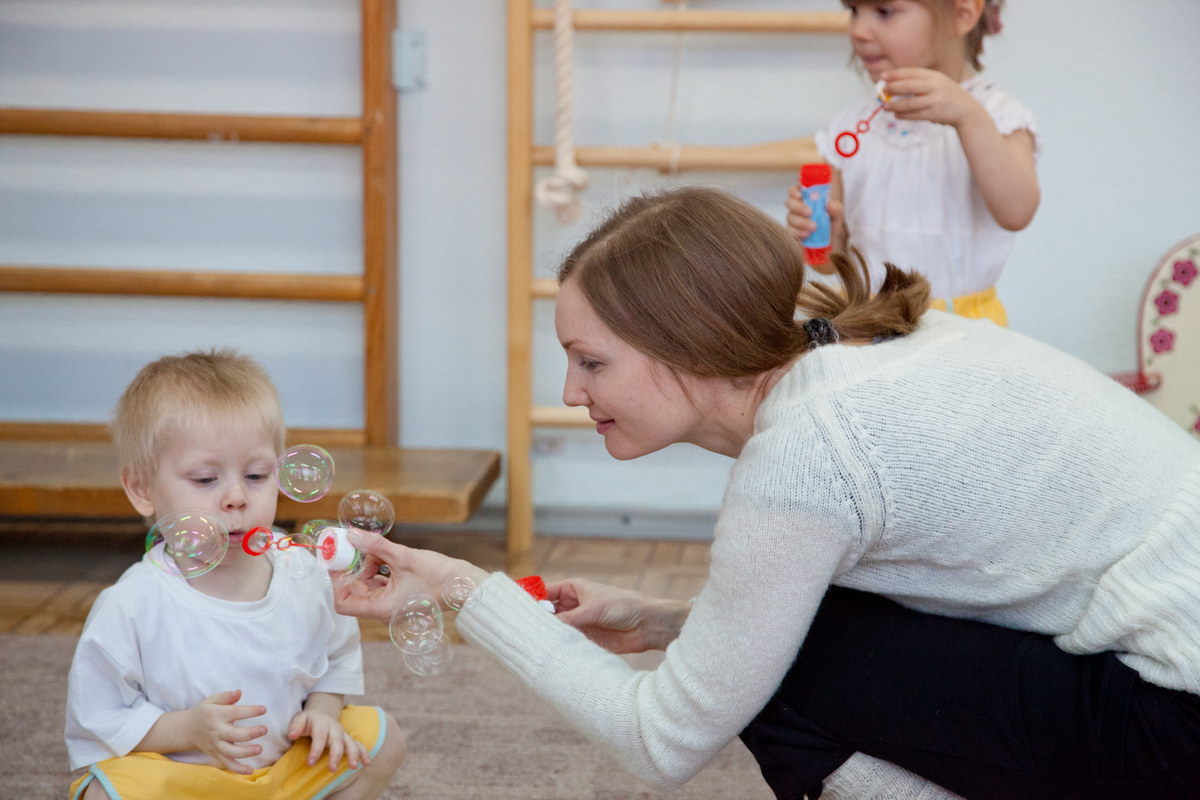 about adverse conditions, it implies excessive guardianship, excessive cruelty or neglect. The latter causes in the baby an unstable manifestation of emotions with increased impulsivity, a lack of desire to take the initiative, as well as a delay in intellectual development.
about adverse conditions, it implies excessive guardianship, excessive cruelty or neglect. The latter causes in the baby an unstable manifestation of emotions with increased impulsivity, a lack of desire to take the initiative, as well as a delay in intellectual development.
Too strong guardianship leads to the fact that the baby grows up as a weak, self-centered person, unable to show independence and motivate himself.
Fourth group
Representatives of the fourth group are most common. This includes children with mental retardation cerebral-organic genesis. The main reason for the delay is  this is a difficult birth with trauma or asphyxia of the baby, suffered by the mother during pregnancy, infection or poisoning.
this is a difficult birth with trauma or asphyxia of the baby, suffered by the mother during pregnancy, infection or poisoning.
Diseases of the nervous system up to two years can also affect the delay. Most often, it is they who become the impetus for the development of organic infantilism, which is directly related to damage to the central nervous system of an organic nature.
Syndrome of mental retardation in the emotional sphere
Manifestations of ZPR are observed in almost all areas of the baby's activity, including creative. Children with such disabilities, for example, show little interest in drawing, which can be seen when analyzing their drawings. As a rule, the works do not have any emotional overtones.
In general, you can
note that the state of the emotional world for mental development is extremely important. Children with mental retardation, as a rule, manifest themselves as poorly organized, unable to give themselves adequate self-esteem. Their emotions are shallow, changeable, so children are susceptible to suggestion, trying to find someone to imitate in everything.
Features in the emotional development of children with mental retardation syndrome:
- Unstable emotional-volitional sphere, against the background of which there is an inability to concentrate on one activity for a long time. The main cause of the problem is a reduced level of mental activity.
- Difficulties in trying to establish new contacts, lack of communication skills.
- A number of emotional disorders characterized by anxiety, fears, desire for actions of an affective nature.
- Bright impulsive flashes.
- Hyperactive behavior in society.
Children with a pronounced symptom of mental retardation, as a rule, cannot be independent, unable to control their own actions, do not know how to reach the end when completing tasks. They are not characterized by ease and ease in communication.
The brightest  the peculiarities are manifested in the senior preschool and school age, when children are faced with the need to find solutions in various situations.
the peculiarities are manifested in the senior preschool and school age, when children are faced with the need to find solutions in various situations.
The main task of specialized institutions aimed at correcting the behavior of children with mental retardation is to create comfortable conditions for them that contribute to the development of positive aspects of the personality.
Educational activities in the life of children with mental retardation
Children with CRA have their own characteristics when it comes to learning activities. Unlike children with mental retardation, children with mental retardation are able to find solutions in accordance with the level of their age, they are able to accept the offered help, understand the meaning of the pictures, they can catch the plot of the story, understand the problem and find a solution.
At the same time, such students are characterized by increased fatigue and a reduced level of cognitive activity. 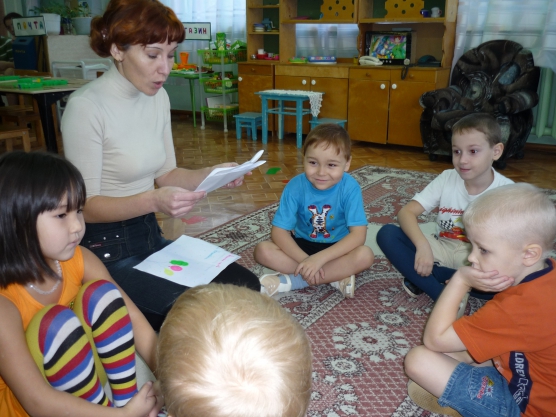 Together, these features become a serious problem that hinders the natural process of learning and development.
Together, these features become a serious problem that hinders the natural process of learning and development.
Children from this category learn the educational material worse, are unable to remember the condition of the problem, confuse and forget words, make simple mistakes, and cannot evaluate their actions. They also have a rather narrow view of the world around them.
Students with mental retardation are unable to concentrate on the task, do not follow the rules, and are looking for an opportunity to quickly switch to gaming activities. At the same time, it can be noted that at the initial stages of classes, they are active, working on assignments together with the class, but they get tired faster than others, turn off the process and stop learning the material, as a result of which their gaps in knowledge increase.
Auxiliary activities of teachers
Reduced activity of mental activity, as well as the limitation of such 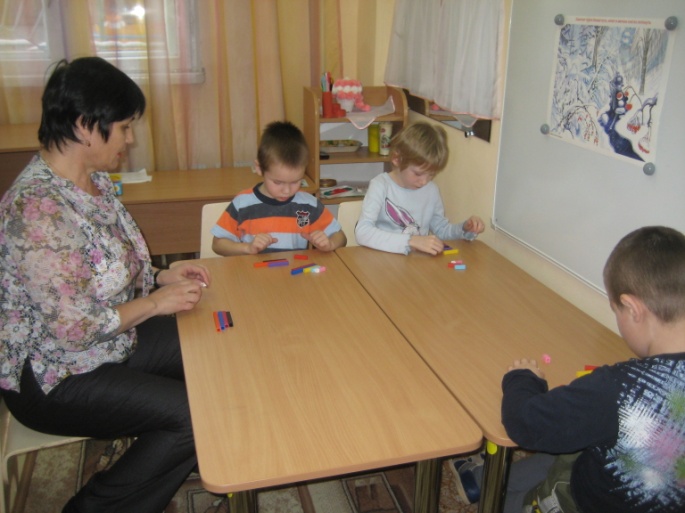 important processes such as synthesis, analysis and generalization, features of memory and poor attention should be noted by teachers and educators in preschool and school institutions. Teachers should provide assistance to each such kid individually, paying attention to the appearance of gaps in knowledge, trying to fill them in accessible ways:
important processes such as synthesis, analysis and generalization, features of memory and poor attention should be noted by teachers and educators in preschool and school institutions. Teachers should provide assistance to each such kid individually, paying attention to the appearance of gaps in knowledge, trying to fill them in accessible ways:
- re-explaining material;
- including additional exercises in work;
- using visual didactic aids and pictures.
The task of the teacher is to get the attention of the student and keep him while explaining the material, to motivate the child to work in the lesson.
Results of timely support for children with mental retardation
In different periods of training, each of the above support options can have a positive effect and help achieve results. As a result, the student does not feel mentally retarded in the team. He has a certain developmental delay, which results in a slow mastery of the material, but no more.
During the period of active working capacity in children with mental retardation syndrome, a number of positive personal and mental qualities can be observed. They usually appear when  the child gets the opportunity to work on an interesting task for him in a pleasant and friendly atmosphere.
the child gets the opportunity to work on an interesting task for him in a pleasant and friendly atmosphere.
During such periods, having the opportunity to receive help and support from the teacher on an individual basis, the student can quite easily cope with tasks of an intellectual nature, practically keeping up with ordinary peers. It will not be difficult for him to draw cause-and-effect relationships, determine the moral of a fable, or understand the figurative meaning of a number of proverbs.
Approximately the same effect can be achieved during teamwork in the classroom. If the atmosphere in the class is favorable, the student is interested in the topic and what is happening around, then he will easily learn the material, quickly and correctly complete the tasks, adequately respond to possible comments and requests to amend the work.
Around the 3rd or 4th grade, some children with mental retardation have a strong desire to read as much as possible. Most often this is the merit of parents, teachers and educators. In moments of increased efficiency, students are able to retell what they read in detail, answer questions about the text, highlight the main idea, and share the emotions caused by the story.
Interests of children with mental retardation
Outside of school or kindergarten, the features of children with mental retardation are almost invisible. They have their own range of interests, as diverse as those of normally developing children. Some children may prefer calm and measured activities related to creativity, but more often children with mental retardation are given to outdoor games with full enthusiasm. However, both calm and active children practically do not show their fantasy in independent games.
All without exception 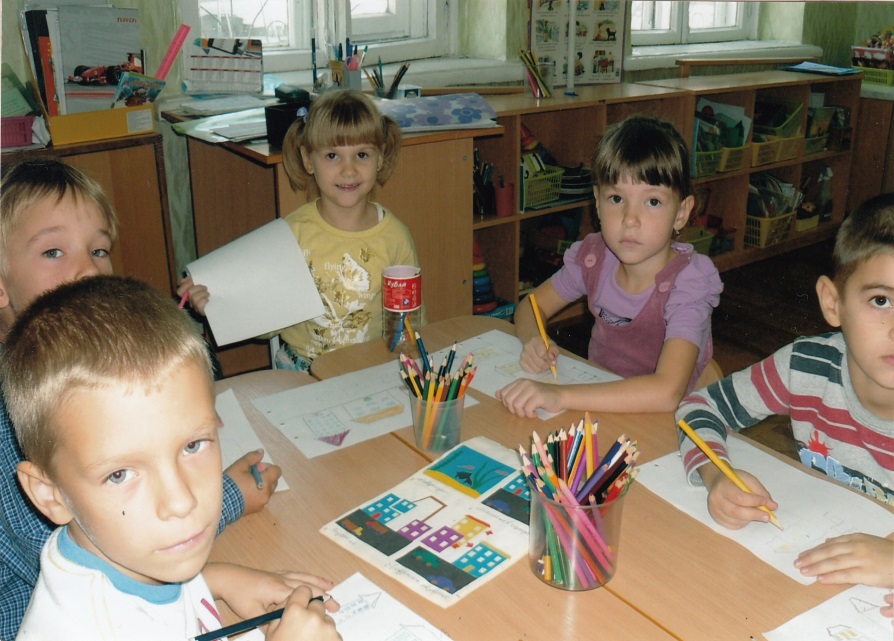 children with mental retardation love to go on excursions, get great pleasure from being in theaters, museums or cinema. After the visit, they are still impressed for several days. With great joy, such children perceive the opportunity to take part in sports games and activities, while we can note their motor awkwardness, impaired coordination, inability to complete tasks in accordance with a given rhythm.
children with mental retardation love to go on excursions, get great pleasure from being in theaters, museums or cinema. After the visit, they are still impressed for several days. With great joy, such children perceive the opportunity to take part in sports games and activities, while we can note their motor awkwardness, impaired coordination, inability to complete tasks in accordance with a given rhythm.
Children with a pronounced symptom of mental retardation perform better and with pleasure in mechanical work that does not require mental effort, although prolonged mechanical actions also cause boredom in them.
The importance of an individual approach in the process of teaching children with mental retardation
The features of children with mental retardation mentioned above may seem insignificant upon passing acquaintance, as a result of which there will be an erroneous assumption that such children can study in the usual conditions of a general education school. In fact, the results of the research indicate something completely different. Teaching methods applicable to healthy children are not suitable for children with psychobiological characteristics.
Pupils with ZPR can work productively, assimilating the material, for no more than 15-20 minutes. Longer classes lead to a loss of interest in the material, state 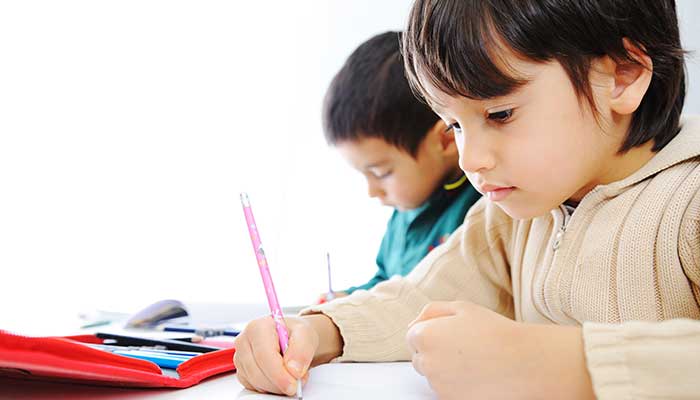 fatigue, which in turn provokes rash actions, as a result of which the student makes many simple mistakes.
fatigue, which in turn provokes rash actions, as a result of which the student makes many simple mistakes.
Understanding powerlessness affects different children in different ways. Some protest silently, not wanting to delve into the words of the teacher, others get annoyed and refuse to continue working. The amount of knowledge that children receive during the period of working capacity cannot be assimilated as needed, and even more so is not associated with subsequent material entering the child's brain.
As a result, the information remains "hanging in the air", unfixed. The result is low self-esteem of a child with mental retardation, unwillingness to learn, inability to perform even simple tasks independently due to increased nervousness.
The mental characteristics of children with mental retardation syndrome in most cases entail poor school performance, because the knowledge they receive does not meet educational standards. The most obvious problems in children with mental retardation occur during periods when they require serious mental work to establish links between phenomena and objects involved in the learning process.
As a result, children cannot adapt to school due to the inability to follow the principle of systematic learning. It is also difficult for them to maintain an active and conscious position in the learning process. Despite the ability to remember  a series of rules (mechanical memory is triggered), students cannot follow them in practice.
a series of rules (mechanical memory is triggered), students cannot follow them in practice.
Working in writing, children correct a lot, make mistakes that they do not notice, do not adhere to the work algorithm, forgetting about entire blocks of tasks. These features are primarily due to the impulsive nature of the students and the lack of organization of their activities.
Correctional and developmental education of children with mental retardation
The low level of knowledge among students with mental retardation is a confirmation of the inefficiency of teaching such children in ordinary classes of a general education school. To achieve a positive result, it is necessary to find means and methods of teaching that correspond to the characteristics of the development of children and have a corrective orientation.
A healthy, normally developing preschooler is able to master the basic mental operations and methods of mental activity even before he enters the first grade - this is a well-known and proven fact. Non-development 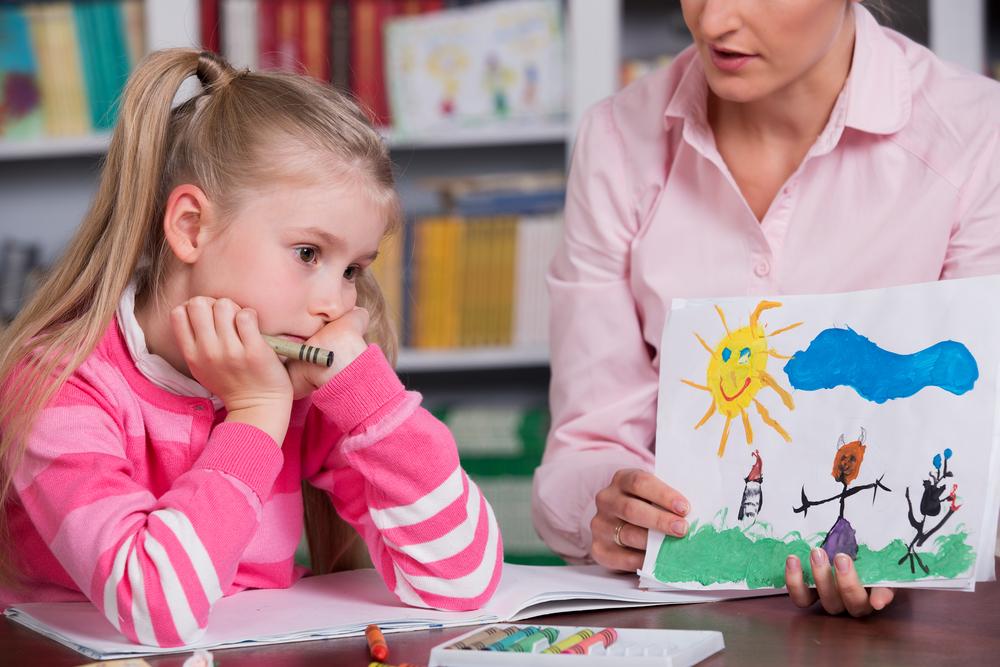 such operations and methods in children with mental retardation leads to unpleasant consequences.
such operations and methods in children with mental retardation leads to unpleasant consequences.
The fact is that schoolchildren are entirely dependent on a certain situation, and this leaves an imprint on the knowledge gained: for the most part, they are not systematized and are limited to personal sensory experience. The result is disappointing: knowledge of this kind is not an impetus for mental development. Due to their fragmentation and the impossibility of building into a single logical chain, they cannot act as the basis for the student's mental growth and a means to stimulate his cognitive activity.
An important part of the correctional education of children with mental retardation is the creation of conditions conducive to the normalization of their educational activities and the elimination of impulsive, disorganized behavior. It is important to teach students to draw up an action plan and monitor its implementation, to bring the matter to the end, following the ultimate goal.
Disturbances in the activity of children with mental retardation syndrome impede not only learning, but also general development. Ways to normalize activities will help to establish remedial education for such students. It is necessary to work with children both in the classroom and outside of school hours in special classes.
In conclusion, it can be noted that the characteristics of children with mental retardation require an individual approach to the process of their remedial education.
If you create the necessary conditions for the education of such children, then they will be able to learn all the educational material developed for ordinary students of a comprehensive school. This fact is confirmed by the vast experience of teaching such children in special classes with subsequent transfer to regular classes.
All responsibility for teaching children with mental retardation syndrome in specialized conditions, as well as for creating a comfortable environment conducive to their development, lies with adults: family members, educators, teachers and educators. They should identify the characteristics of such children in a timely manner and take appropriate measures.





